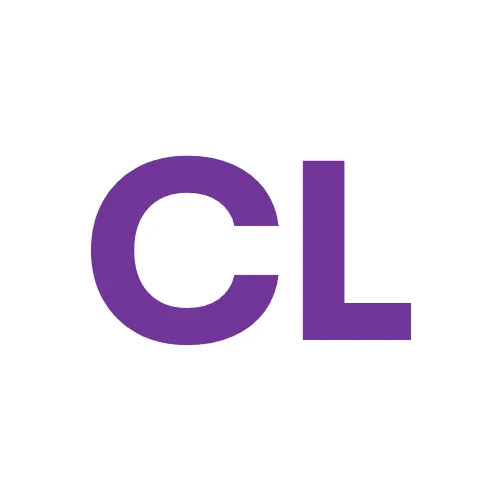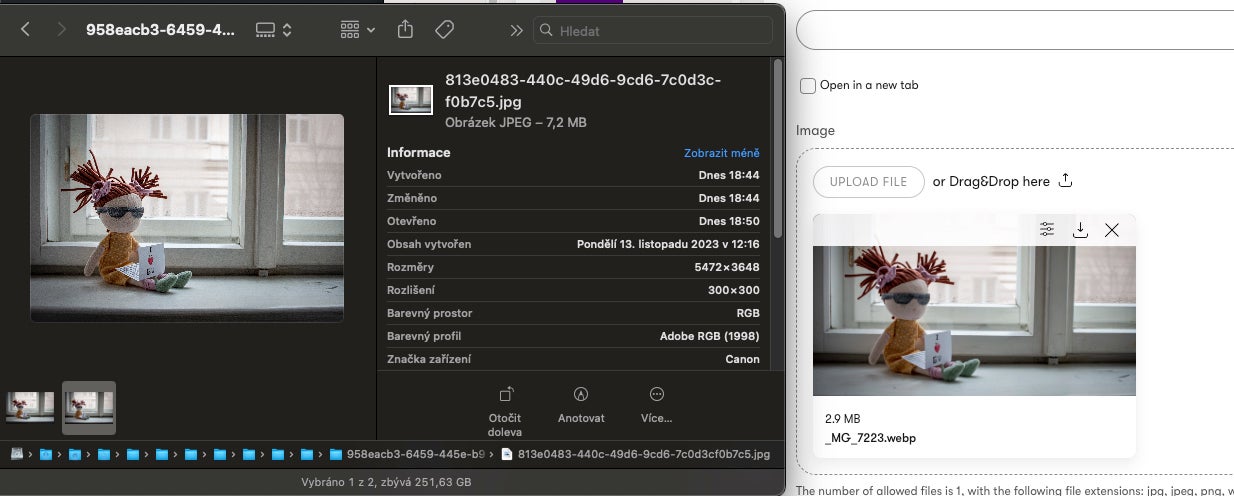Hi all,
I've just been reading about automatic image file type conversion, as described in your docs linked. I recently saw a social media post about how you can upload imagery into the XbyK content hub and define rules that automatically convert that image to WebP, for example.
Is this a conversion of the original physical file, or is this a conversion when the image is served via the API? Your docs sound like it changes the original uploaded file in the content hub.
Does this mean...
- If the CMS editor then downloads that file again, will it give them a WebP instead of the JPG or PNG (etc) they might have been expecting?
- And does this work well with email channels, or do you advise against using this if you are using an email channel? I'm may be totally wrong but I think many email clients still have an issue serving WebP?
We're looking to use XbyK SaaS in our next build, and I need to figure out the best way of serving imagery, because historically we've always used our own self-hosted image processing module.
Environment
- Xperience by Kentico version: Latest
- .NET version: 8, 9
- Execution environment: SaaS & Private cloud
- Link to relevant https://docs.kentico.com/developers-and-admins/development/content-types#automatically-optimize-image-assets











